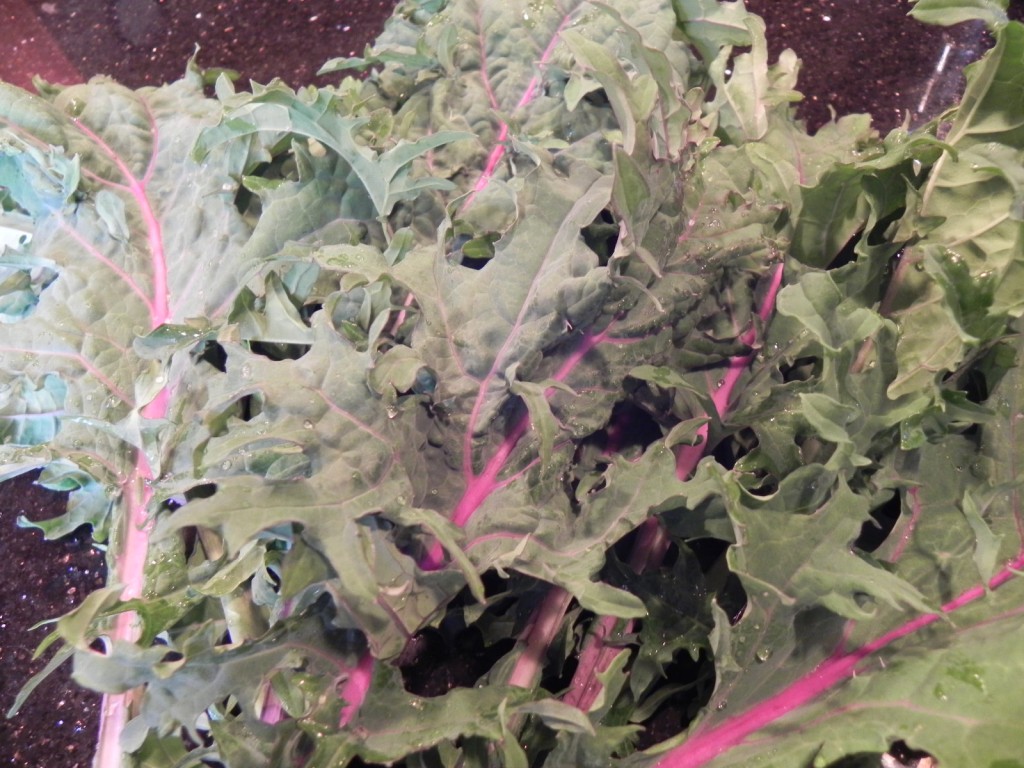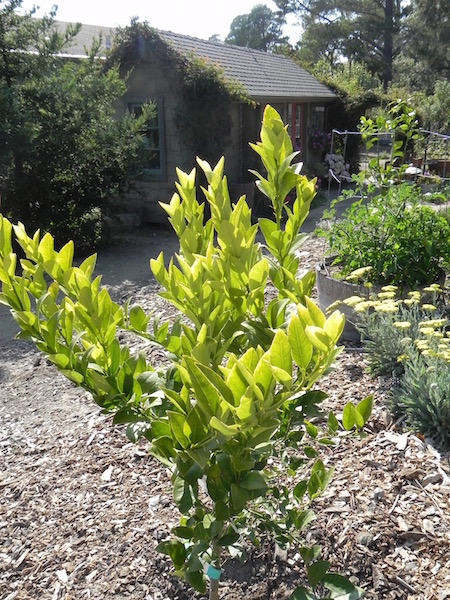
Citrus trees grow well in parts of San Luis Obispo County. In some of these areas, oranges and grapefruit are downright sweet! But my experience growing citrus in Cambria, so close to the ocean, tells me that it doesn’t get hot enough here to sweeten citrus fruit. Lemons and limes, however, don’t need to sweeten and do well in cool climates.
I had a lovely little lime tree that I lost to the drought last summer. I was known for making delicious Margaritas with our fresh limes. But alas, with the restriction on watering our landscape, the little tree declined and we finally removed it.
Don brought home a “pretty little lime tree” in the back of his pickup truck that he just “happened to see” when doing the Costco shopping. I’m a little skeptical about keeping the lime tree alive and flourishing with our restricted water, but I’m going to “do my best” to put limes back on our table and in our Margaritas.
Citrus are heavy drinkers and eaters too. They need to be fed regularly (at least twice a year). When young, small doses of nitrogen, every few months will keep them green. Once mature, a citrus in the home garden needs about 1 pound of nitrogen (I use fish emulsion) per year and some trace minerals.
Nitrogen deficiency shows up as pale leaves, not the dark green that you’d expect from a citrus tree. Compost is a great, slow release fertilizer. Apply compost (high in nitrogen) around the base of the tree (a few inches away from the trunk) twice a year. That will provide the tree with nitrogen all year around.
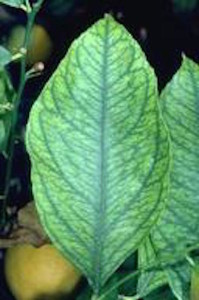
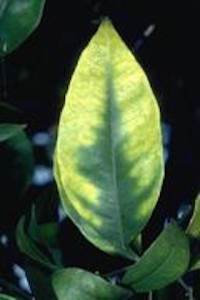
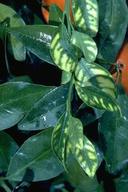
Phosphorous and potassium should be applied occasionally during the year. They can be applied when watering the soil or applied as a foliage spray to leaves.
Deficiencies of minerals show up in changes in the leaves. Look at leaves carefully to determine nutrient needs. The photos of single leaves with nutrient deficiencies are posted on the UC Davis website (photos by Jack Kelly Clark) to help gardeners determine what nutrients may be lacking in their soil.
In general, the best advice for new gardeners on providing appropriate food for citrus trees is to buy a balanced citrus food in pellet form. Follow package instructions and sprinkle it evenly around the root line before you water. Hopefully, your leaves will remain green year around, you’ll have fragrant blossoms, and your tree will reward you with sweet delicious fruit.

